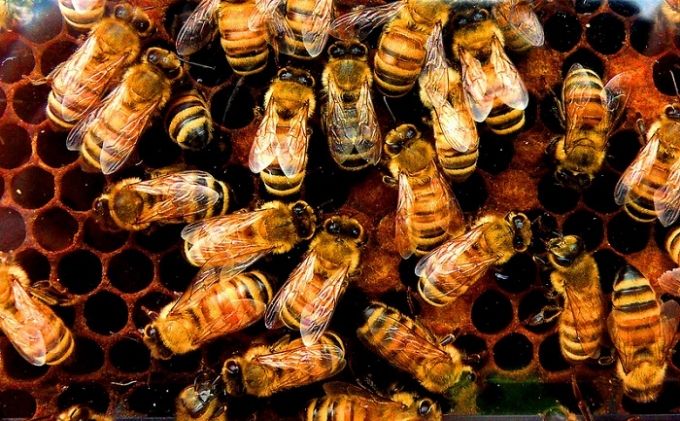Question: A Counterpoint to the Technological Singularity?

Douglas Hofstadter, a professor of cognitive science at Indiana University, indicated about The Singularity is Near Book (ISBN: 978–0143037880),
“ … A very bizarre mixture of ideas that are solid and good with ideas that are crazy. It’s as if you took a lot of very good food and some dog excrement and blended it all up so that you can’t possibly figure out what’s good or bad …”
AND FOR INSTANCE:
“… Technology is the savior for everything. That’s the point of this course. Technology is accelerating, everything is going to be good, technology is your friend … I think that’s a load of crap …” By Dr. Jonathan White
Back to the White Swan hardcore:
That discourse can be entertained at a forthcoming Renaissance, not now. Going against this idea will be outrageously counterproductive to ascertain the non-annihilation of Earth’s locals.
People who destroy, eternally beforehand, outrageous Black Swans, engaging into super-natural and preter-natural preparations for known and unknown Outliers, thus observing — in all practicality — the successful and prevailing White Swan and Transformative and Integrative Risk Management interdisciplinary problem-solving methodology, include:
(1.-) Sir Martin Rees PhD (cosmologist and astrophysicist), Astronomer Royal, Cambridge University Professor and former Royal Society President.
(2.-) Dr. Stephen William Hawking CH CBE FRS FRSA is an English theoretical physicist, cosmologist, author and Director of Research at the Centre for Theoretical Cosmology within the University of Cambridge. Formerly: Lucasian Professor of Mathematics at the University of Cambridge.
(3.-) Prof. Nick Bostrom Ph.D. is a Swedish philosopher at St. Cross College, University of Oxford known for his work on existential risk, the anthropic principle, human enhancement ethics, the reversal test, and consequentialism. He holds a PhD from the London School of Economics (2000). He is the founding director of both The Future of Humanity Institute and the Oxford Martin Programme on the Impacts of Future Technology as part of the Oxford Martin School at Oxford University.
(4.-) The US National Intelligence Council (NIC) [.…] The National Intelligence Council supports the Director of National Intelligence in his role as head of the Intelligence Community (IC) and is the IC’s center for long-term strategic analysis [.…] Since its establishment in 1979, the NIC has served as a bridge between the intelligence and policy communities, a source of deep substantive expertise on intelligence issues, and a facilitator of Intelligence Community collaboration and outreach [.…] The NIC’s National Intelligence Officers — drawn from government, academia, and the private sector—are the Intelligence Community’s senior experts on a range of regional and functional issues.
(5.-) U.S. Homeland Security’s FEMA (Federal Emergency Management Agency).
(6.-) The CIA or any other U.S. Government agencies.
(7.-) Stanford Research Institute (now SRI International).
(8.-) GBN (Global Business Network).
(9.-) Royal Dutch Shell.
(10.-) British Doomsday Preppers.
(11.-) Canadian Doomsday Preppers.
(12.-) Australian Doomsday Preppers
(13.-) American Doomsday Preppers.
(14.-) Disruptional Singularity Book (ASIN: B00KQOEYLG).
(15.-) Scientific Prophets of Doom at https://www.youtube.com/watch?v=9bUe2-7jjtY
White Swans are always getting prepared for Unknown and Known Outliers, and MOST FLUIDLY changing the theater of operation by permanently updating and upgrading the designated preparations.
Authored By Copyright Mr. Andres Agostini
White Swan Book Author
www.linkedin.com/in/andresagostini
www.amazon.com/author/Agostini




